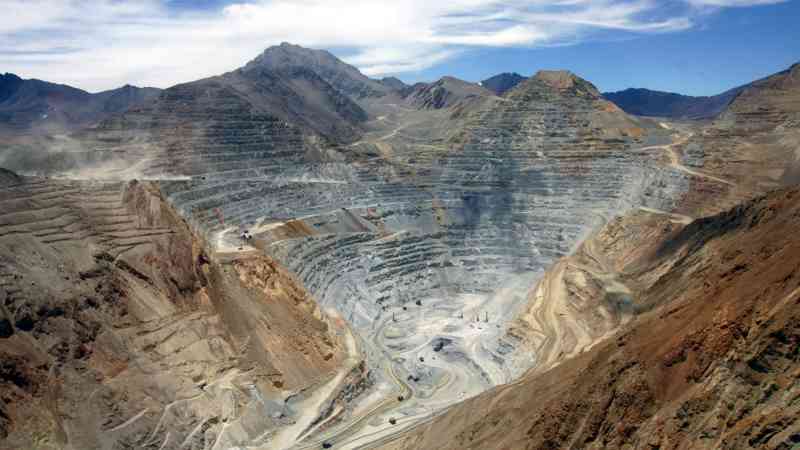Net-zero drive ‘will push copper prices to record highs’
Weak supply and the global drive towards electrification could push copper prices back to record levels, the boss of one of the world’s largest copper producers has said.
An increase in the price of the metal, which is crucial to powering the energy transition, offset a decline in production volumes for Antofagasta in the first half of the year.
The average realised copper price rose by 10 per cent to $4.40 a pound, from $3.99 a pound a year earlier,. That, in turn, drove a 2 per cent increase in the miner’s revenue to $3 billion, from $2.9 billion. Pre-tax profits were 7 per cent lower at $713 million, from $765 million, partially as a result of higher financing costs.
Antofagasta is among the 30 most valuable companies listed in London and is one of the ten biggest producers of copper in the world, operating four mines in the north of Chile, a nation that holds about 30 per cent of the world’s copper reserves.
Three-month copper futures hit a record level in May, breaching $11,000 a tonne, but since then they have fallen back to $9,252 amid a downturn in the economic outlook for China, the world’s biggest consumer of copper.
Iván Arriagada, Antofagasta’s chief executive, said that a recovery in prices could come this year as prospects for the American and European economies improve and as the market remains in deficit. “On the back of the recovery that the global economy is expecting to see in the second half, I think we’ll see that the trend of prices is likely to follow those fundamentals,” Arriagada, 60, said.
While demand for copper from China’s property industry might be weaker, demand elsewhere was expected to grow by between 2 per cent and 3 per cent this year, Arriagada said, as other industries electrified.
The increase in realised prices offset a 4 per cent decline in production volumes, reflecting lower grades and harder ores mined at the start of this year.
Declining copper ore grades are an increasing challenge that means miners must dig deeper to maintain output. Production for this year is expected to be at the lower end of the company’s guidance range of 670,000 tonnes to 710,000 tonnes.
To tackle these issues, Antofagasta is building a second concentrator at its Centinela mine to expand production and is expanding its desalination plant at its more mature Los Pelambres mine.
Developing its existing mines would continue to be the priority for capital expenditure, Arriagada said. Lead times between discovery and first production are lengthy and timings for gaining permits for exploration are unpredictable, while the world’s largest miners have faced pressure to return cash to shareholders rather than to spend it on greenfield expansion.
An interim dividend of 7.9 cents a share was declared, lower than 11.7 cents a share a year earlier, reflecting the decline in earnings.
The company’s shares were largely flat at £18.80½ at the close.




Post Comment